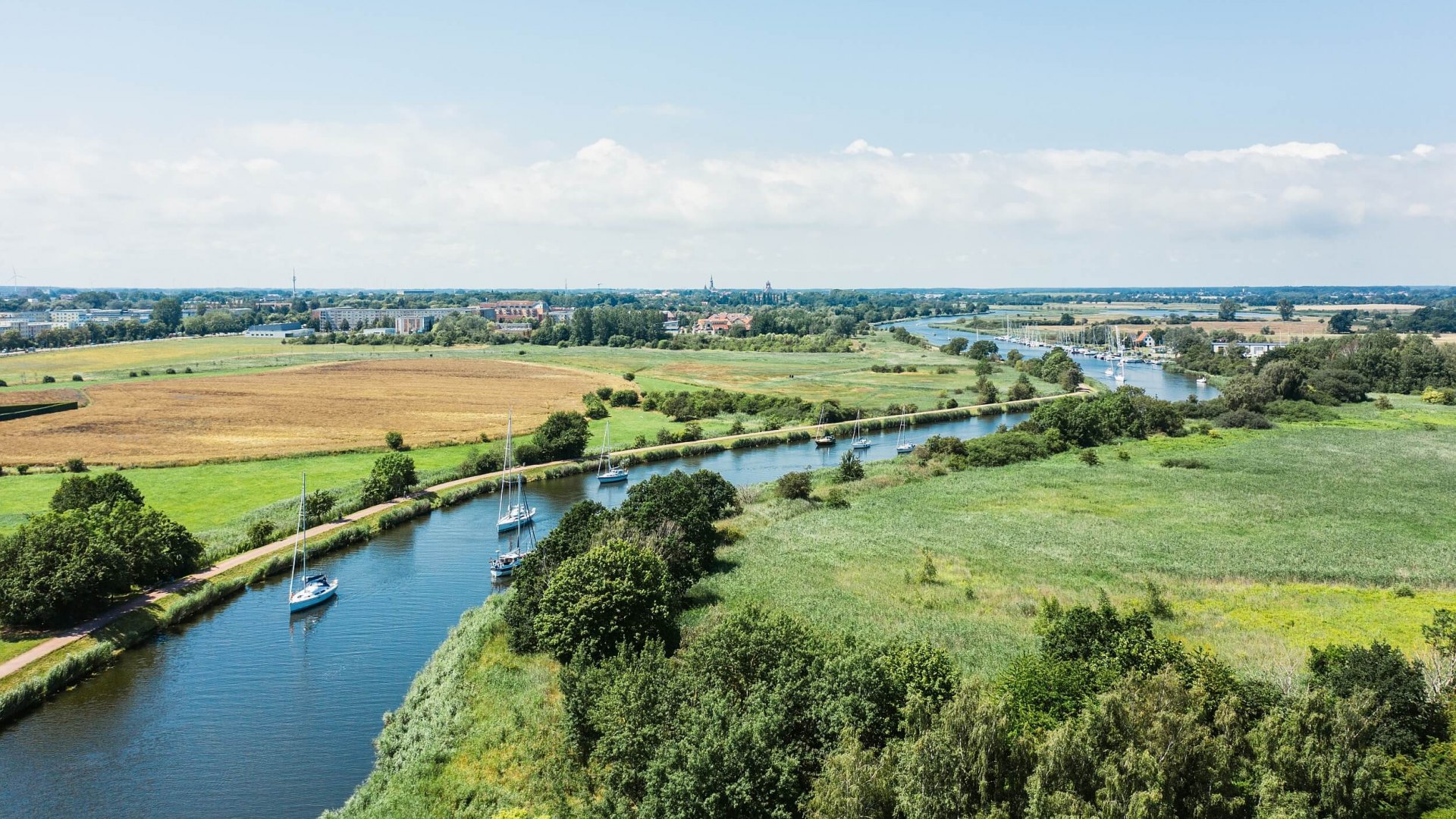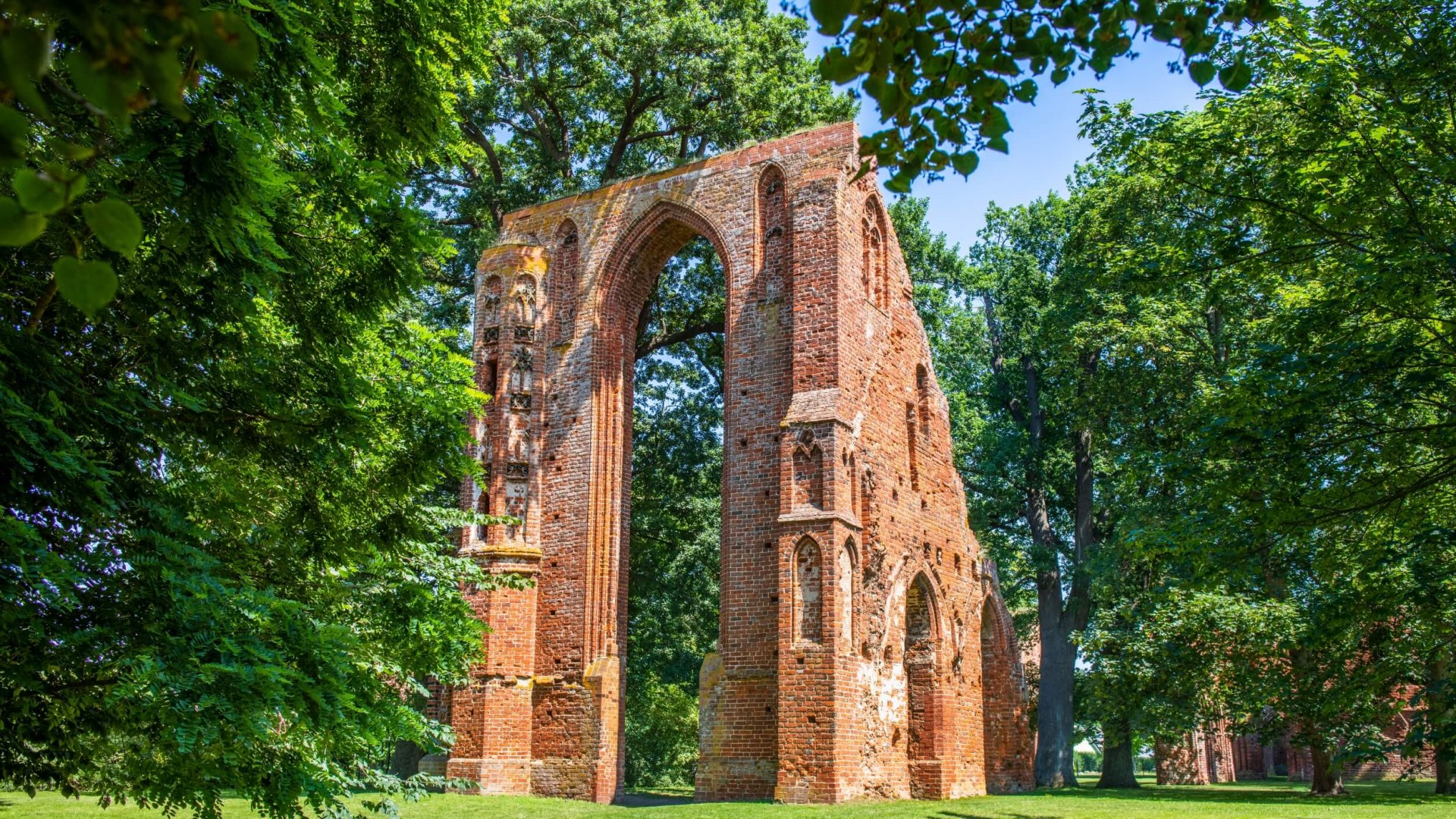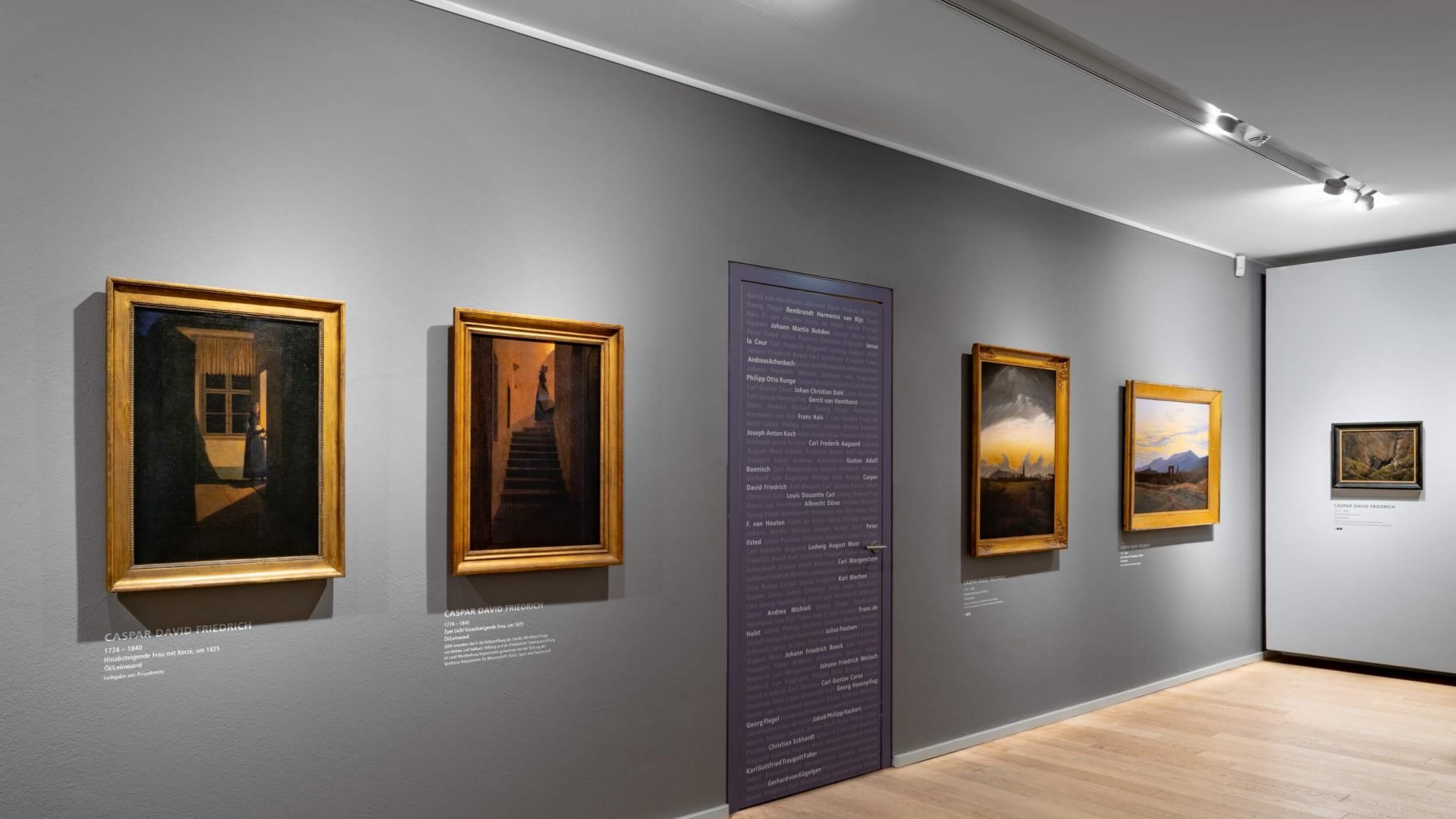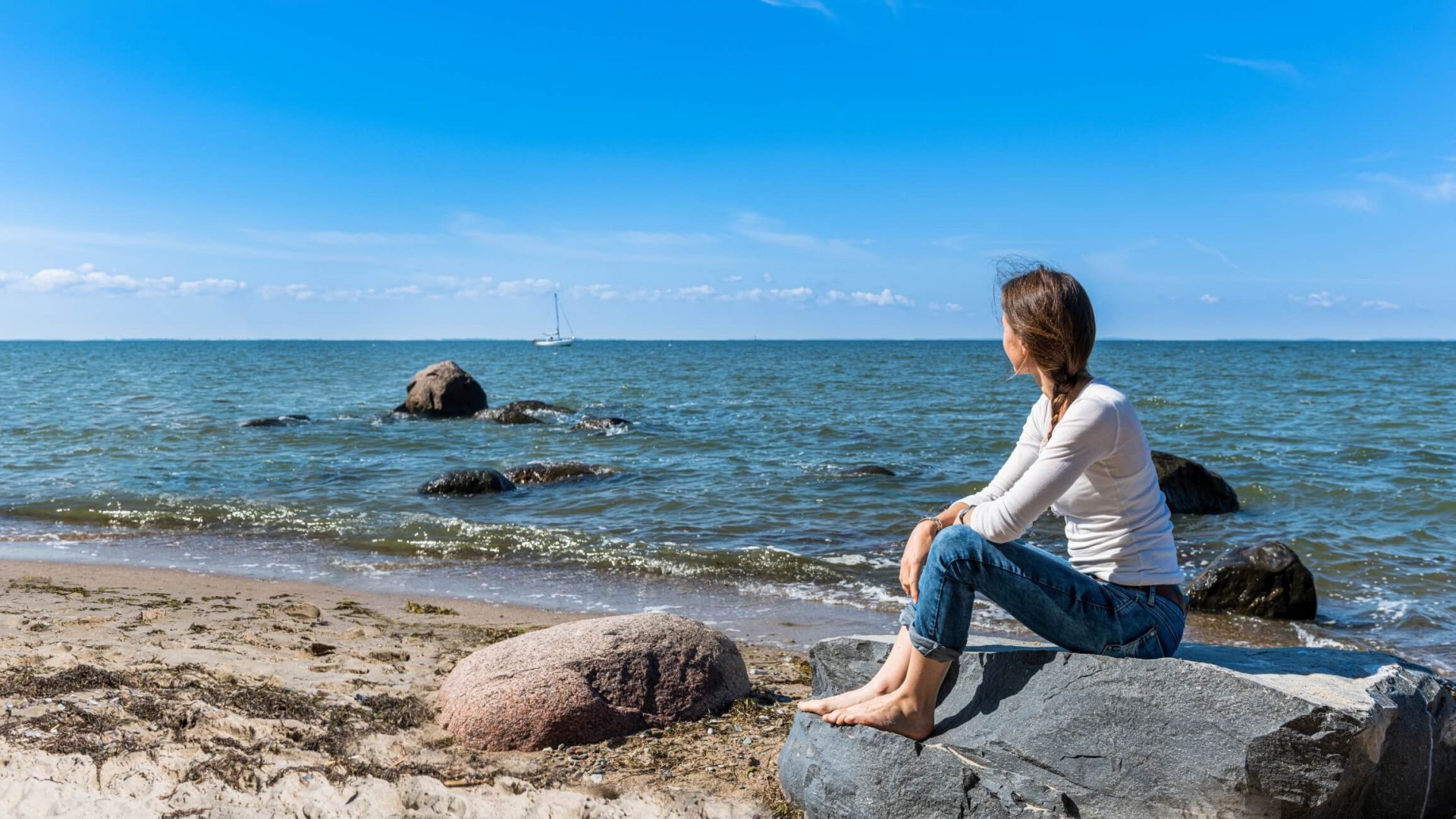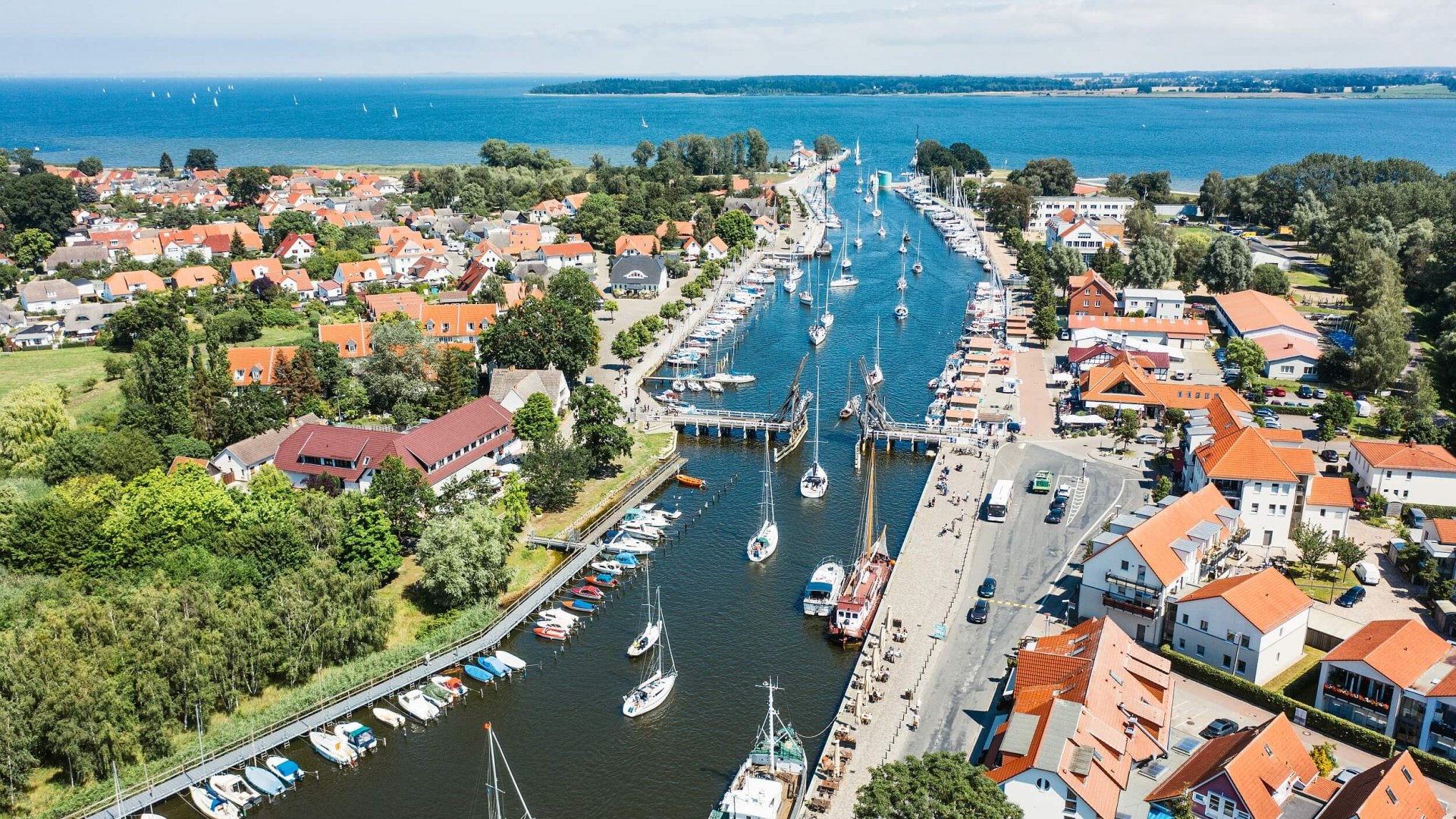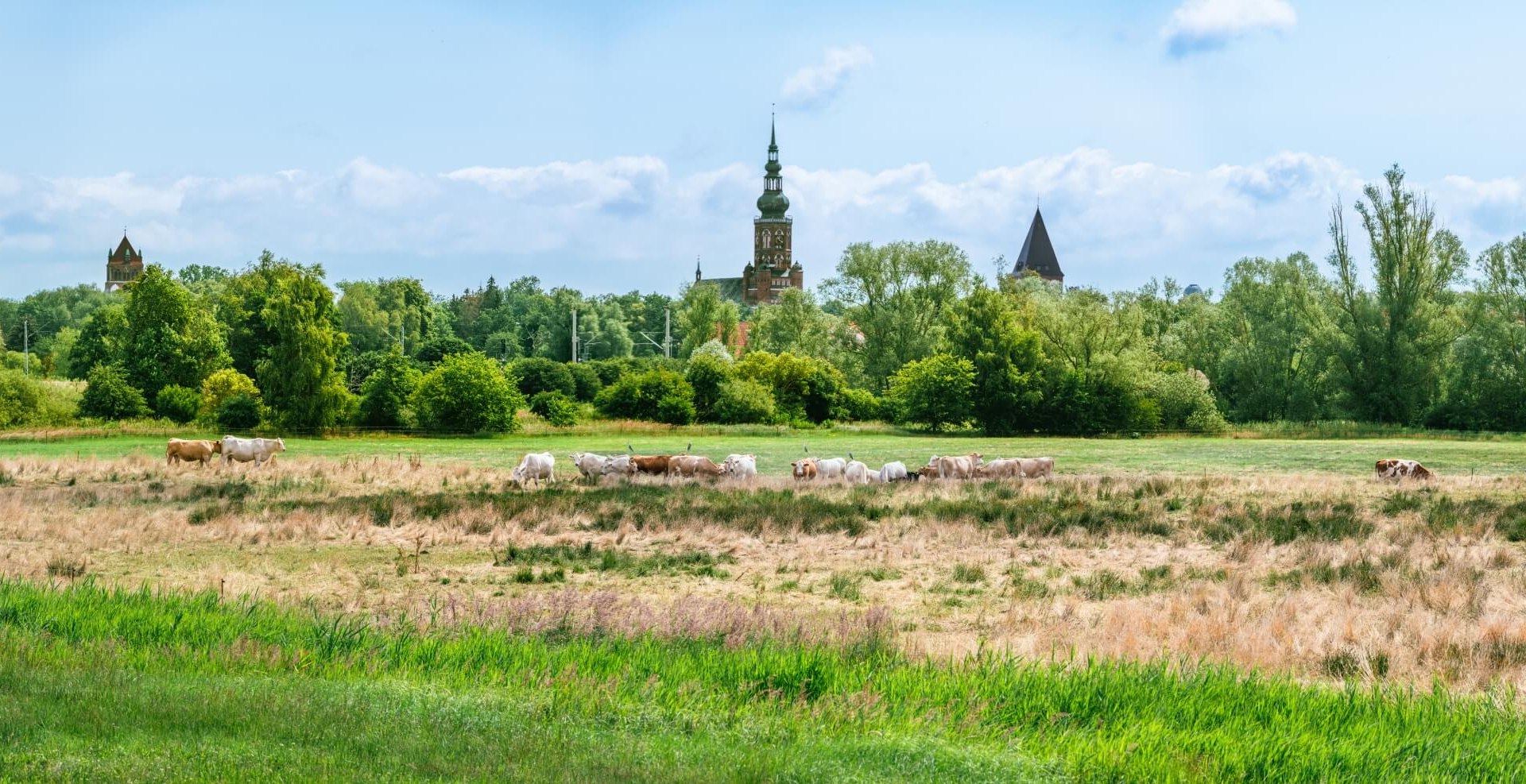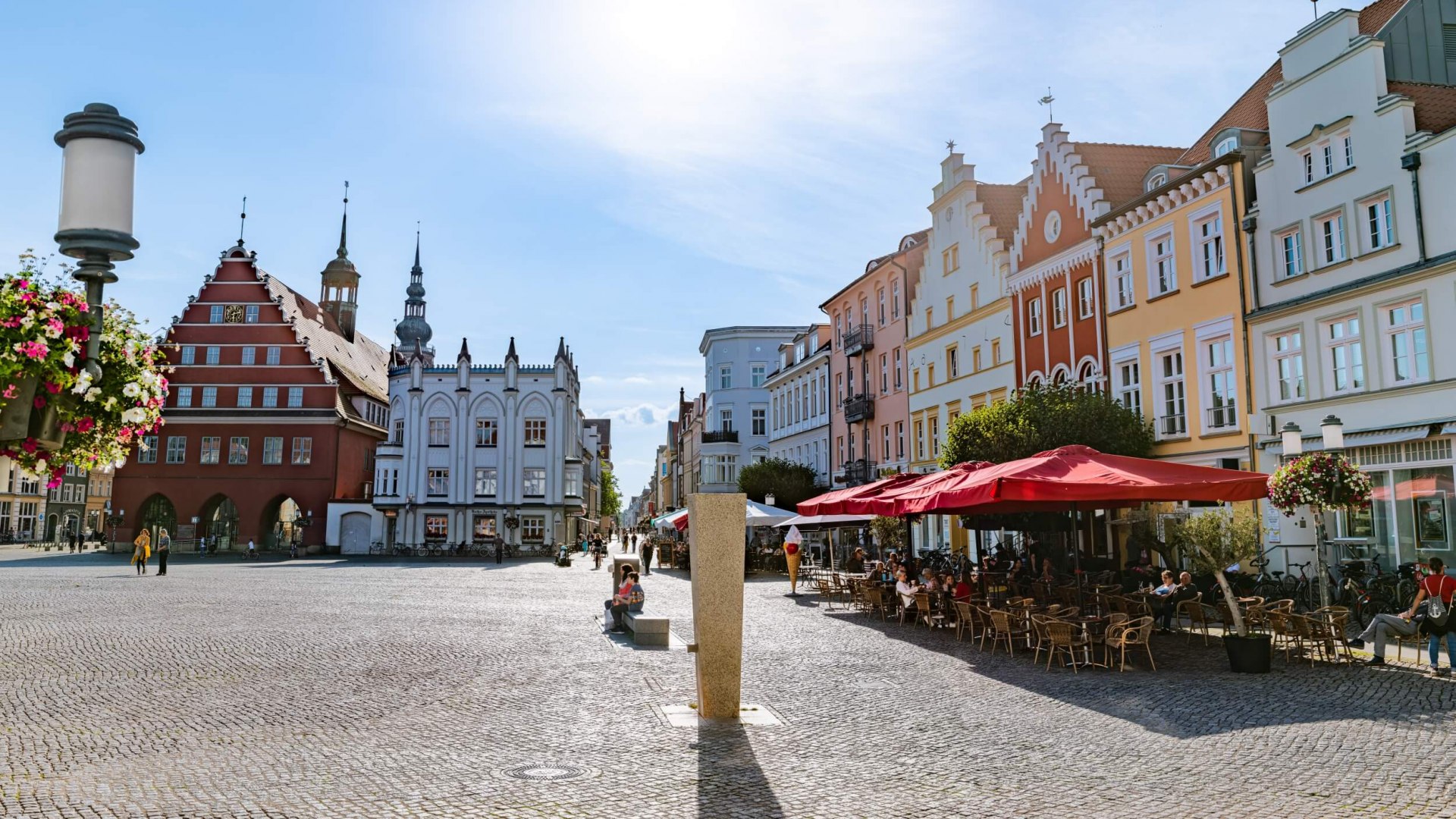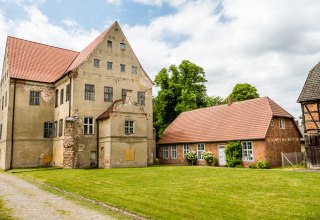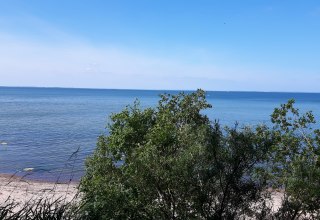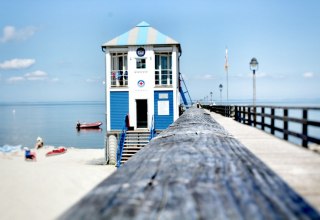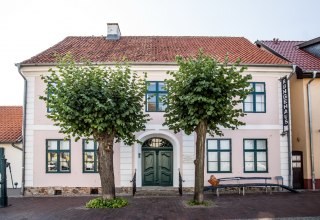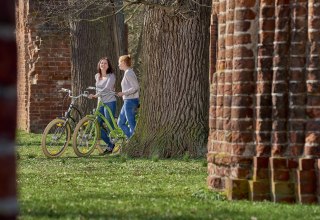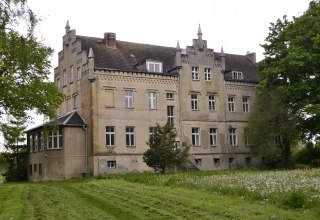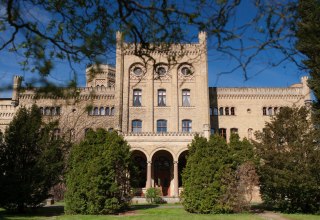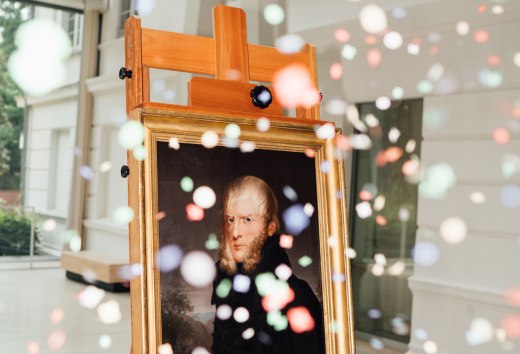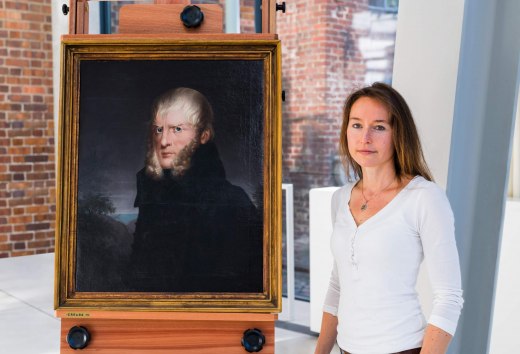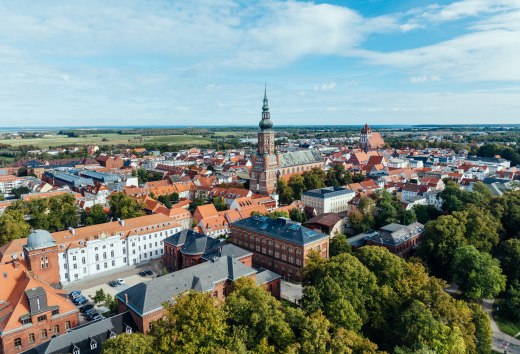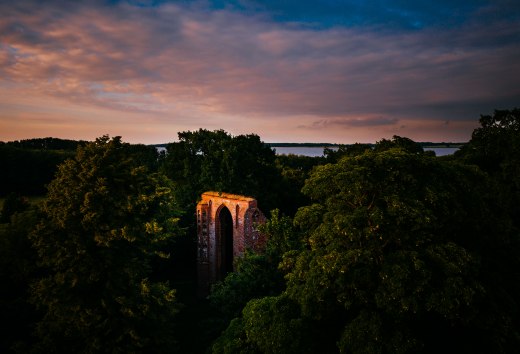In the Pomeranian State Museum in Greifswald, Katrin Staude stops in front of a watercolor by Caspar David Friedrich from 1818. It shows two small groups of people on Greifswald's market square: they are the siblings of the famous Romantic painter and their children. A family portrait, in other words. But not only for Caspar David Friedrich, but also for Katrin Staude. Because Staude is the painter's great-great-great-great niece.
The Pomeranian State Museum houses some of the most famous works by the Romantic painter. The original locations that Friedrich captured in his paintings are also not far away. The ruins of Eldena Abbey, for example, whose red brick walls he painted in a wide variety of light moods and seasons, sometimes in the Giant Mountains, sometimes in a green thicket. The real ruin still stands on the outskirts of Greifswald. And it hardly seems to have changed. Katrin Staude loves coming to this place. She likes its mystical nature.


